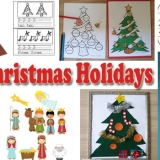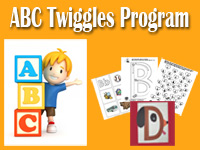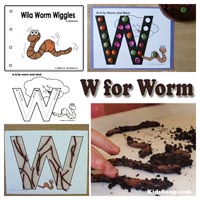
Snails and Worms Preschool Activities, Science Lessons, and Crafts
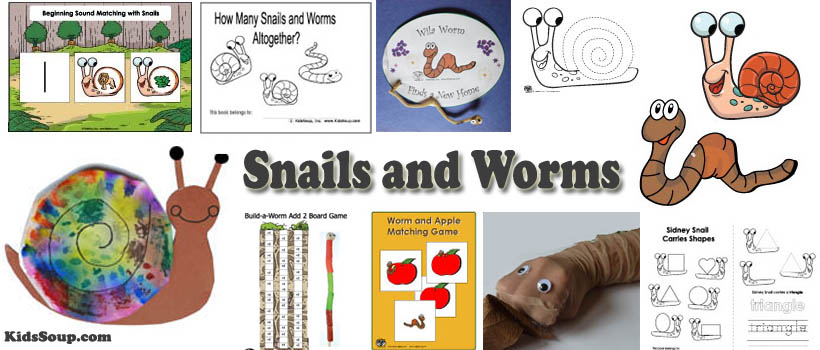
Preschool snails and worms activities, science lessons, games, and printables. Snails and worms blaze the learning trails in this month's theme with activities and games that include comparing and contrasting, responding to literature, adding, measuring, counting, writing, matching, singing, rhyming, sorting, and more. Also included are ideas for creating a science observation center with worms and snails as the main attractions.
Samples of our more than 90 snails preschool and kindergarten.crafts, activities, and games available inside our KidsSoup Resource Library:
Themes and Projects

W for Worm
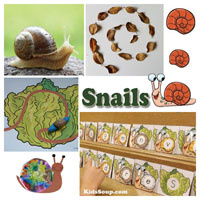
Snails Lesson Ideas
Crafts
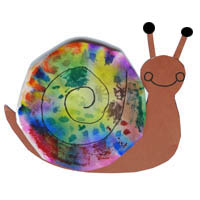
Tie Dye Snail

Snail in Grass Artwork
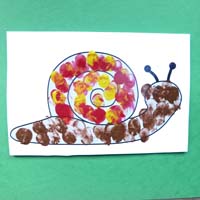
Fingerprint Snail
Activities and Lessons
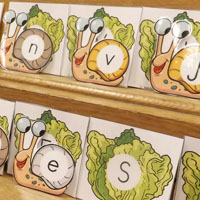
Hungry Snails Letter Matching
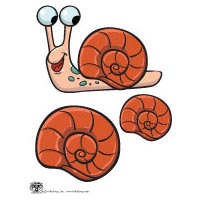
The Smallest and Prettiest House Felt Story
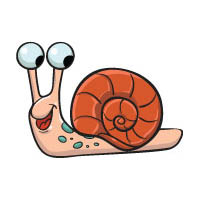
Snail Rhymes and Songs
Math
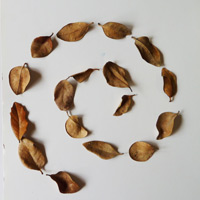
Spiral Shape
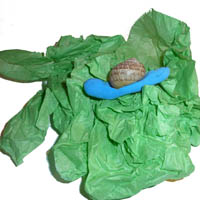
The Snail Is on the Leaf Positional Words Song
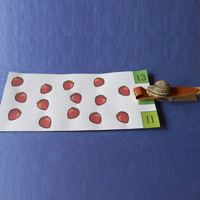
Snail Counting Cards 10-20
Science and Exploration
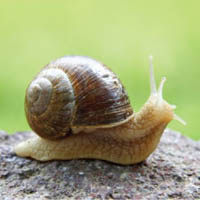
Snail Science Lesson
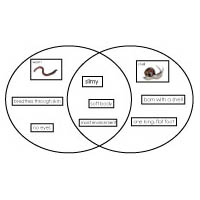
Compare and Contrast Snails and Worms: Venn Diagram
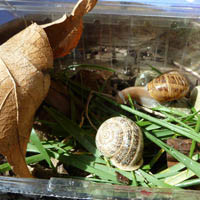
Snail Home
Games

Hungry Snails Letter Matching
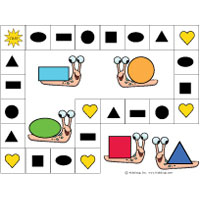
Snail Shell Shapes
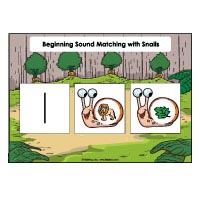
Matching Beginning Sounds with Snails
Movement
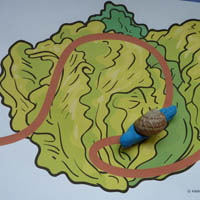
Snails Fine Motor Skills

Spiral Shape
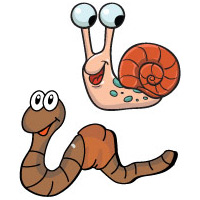
Snails and Worms Circle Game
Booklets and Other
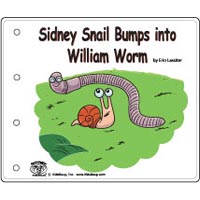
Sidney Snail Bumps into William Worm Emergent Reader
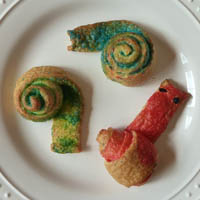
Snail Snacks
Worksheets
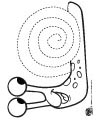
Snail House Tracing
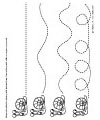
Snails Prewriting
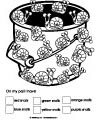
Snails in the Pail Counting
Free Preschool Snails and Worms Activities, Games, and Printables
Snail and worms Preschool Learning Center Ideas
Play Dough Center
Place some empty snail shells and some small pipe cleaner pieces in your play dough center. Have children roll play dough to make snails and add an empty snail shell to the top.
Sensory Center
Fill a container with slightly moist potting soil and add several rubber worms (or wet thick brown yarn) to the soil along with some silk flowers, spoons or small shovels, and a watering can. Encourage children to dig for worms or to aerate the soil with the worms.
Snails Preschool Lessons and Activities (Lessons, activities, crafts, and printables available inside our KidsSoup Resource Library)

Preschool Activities:
Snail Science Lesson
What you need:
Clear food container with lid
Snail
Sharp knife
1/4 tbsp flour
Types of snails
There are snails with shells and those without. Snails live on land or in freshwater. They belong to a group of animals with a soft body called molluscs (mollusks). A snail is most active at night and on cloudy days. Snails do not like hot and dry conditions. They like it moist or humid and not too bright.
Hand out a clear container lid and a snail to each child.
Can snails see and smell?
The snail has two pairs of tentacles on its head. The tentacles are very important to the snail. The snail's eyes are on the tip of the longer tentacle, or at the base of the tentacle for water species. The shorter pair is used for smelling and feeling its way around.
How do snails move?
Ask children if they have ever watched a snail moving slowly across the ground and wondered how it was able to move since no "legs" were showing. Explain that the whole bottom part of a snail's body is really a "foot." This foot is flat and smooth and contains muscles which the snail uses to glide along the ground. To help it move more easily, this foot has tiny glands that give out a slimy fluid so that the snail can glide over the surface with a wave-like movement.
The snail's foot
Explain to children that the foot of the snail is very tough, and together with the slime, protects the snail from sharp objects. It is so tough that a snail can crawl along the edge of the sharpest knife without getting hurt. Show the knife to children and place a snail close to the sharp edge. Watch the snail move over the sharp knife without getting hurt.
Snails are strong
A small snail may weigh less than 15 grams, but it can pull a weight behind it that weighs more than 450 grams.
What do snails eat?
Most snails eat plants of various kinds. The snail has a tongue that is like a file, with hundreds of tiny teeth. It uses this to cut and shred its food. Mix a pinch of flour with a drop of water and add to the top of the clear lid. Watch from underneath how the snail is eating the flour mixture.
The snail's shell
The snail that lives in a shell has a body that fits right into the coil of the shell, and it has strong muscles that enable it to pull its body entirely into the shell when there is danger. As an added protection when the body is in the shell, a horny disc at the end closes the opening tightly.
Extension: Make a snail home for children to observe the snails.
Make a Snail Home

What you need:
Produce plastic container (strawberry container)
Gravel, soil, rocks, grass, sticks or bark
Leaf snail food: fresh green leaves, vegetable pieces, small plants with roots
Crushed limestone and flour mixture (for snail calcium)
Distilled water
Spray bottles
Dark paper
What you do:
To prepare the snail home, layer the bottom of the container with gravel. Place two inches or more of moist soil on top of the gravel. Place food for the snails on top of the soil and add rocks, sticks, and grass to give the home a natural look. Sprinkle a bit of the crushed limestone and flour mixture in container as well. Add a leaf for shade. Keep the container covered with a piece of dark paper when not being used by children for observation.
Add snails to the temporary home. Place the container on a table in a cool area of the room where children can sit and observe the activities of the snails. Include pencils, magnifying glasses, and spray bottles filled with distilled water. Encourage children to record daily observations of the snails in science journals with words and drawings.
Keep the soil in the container moist with the spray bottles. Show children how to mist the soil so that it becomes damp but not waterlogged. Release the animals back into the wild when the unit is complete.
Shails Preschool Activities
Feed the Hungry Snails Letters of the Alphabet Matching Game (Activity and printables available inside our KidsSoup Resource Library)
Children will feed the hungry snails by matching each lowercase letter snail to a lettuce with the matching uppercase letter.

Preschool Activities:
Snail Shells Visual Discrimation Game (Game and printables available inside our KidsSoup Resource Library)
Children will need to carefully look at the different shells and their patterns to find a match.

Preschool Activities:
Worms Preschool Activities
Worm Science
Worms are sensitive to light. Worms prefer dark, moist areas and the night.
A worm has a soft, segmented body and no legs
A worm has no ears.
A worm doesn't have have eyes, but they can sense light.
A worm's mouth is at one end of its body.
The worm breathes through its skin.
If a worm is exposed to the sun or the air too long it may dry up and die.
Make a Worm Home
Fill the bottom of a container with gravel. Layer damp, loosely packed soil on top. Have children venture to the school garden to capture some worms. Add worm food such as dead leaves, coffee grounds, carrot peels, or small bits of fruit and vegetables. Worms also love cornmeal. Cover the container with dark paper or a dark fabric. To observe the worms remove the fabric. Moisten the soil dialy with a spray bottle. Use distilled water or rainwater if possible.
W for Worm Preschool Activities (Lessons, activities, crafts, and printables available inside our KidsSoup Resource Library)
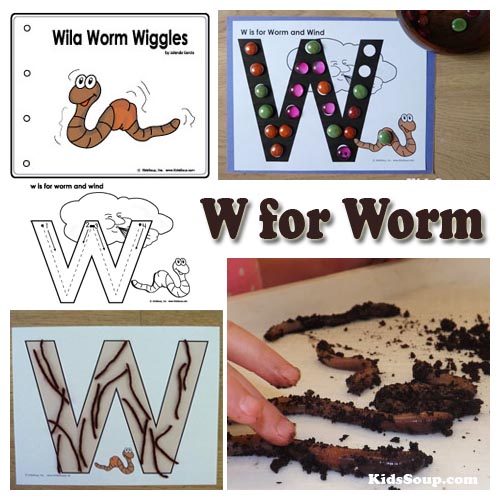
Preschool Activities:
Wiggle Worms
Let children try to move from one end to the other like wiggly worms.
Wiggle Worm Obstacle Course
Clear an area of the room and create an obstacle course of pillows, boxes, cones, and/or other objects. Let children take turns completing the course by wiggling on their bellies around and between the objects.
Snail and Worm Printables, Coloring Pages, and Resources
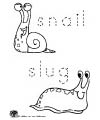 |
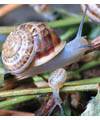 |
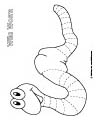 |
 |
|
|
Earthworm Facts
|
|
View more snails and worms related KidsSoup preschool and kindergarten activities and themes:
Our Products
Education - This is a contributing Drupal Theme
Design by WeebPal.
Design by WeebPal.








